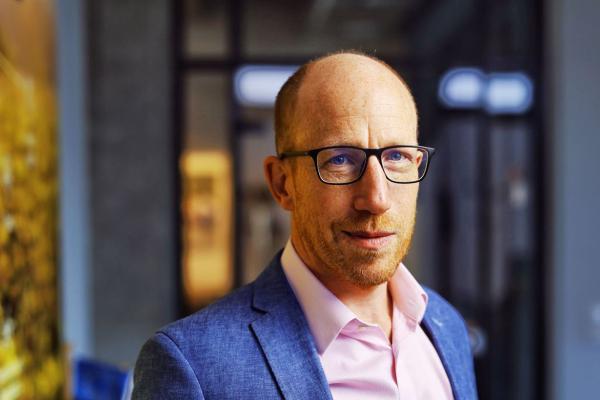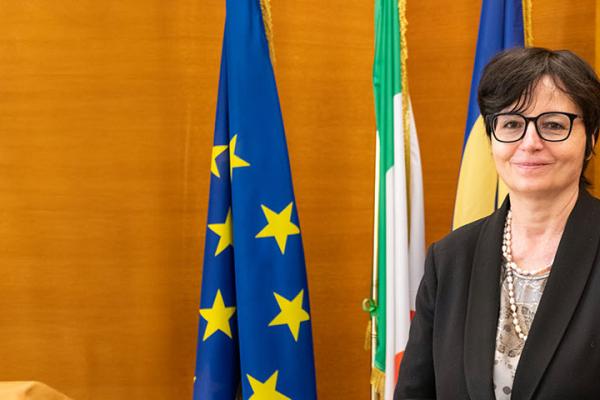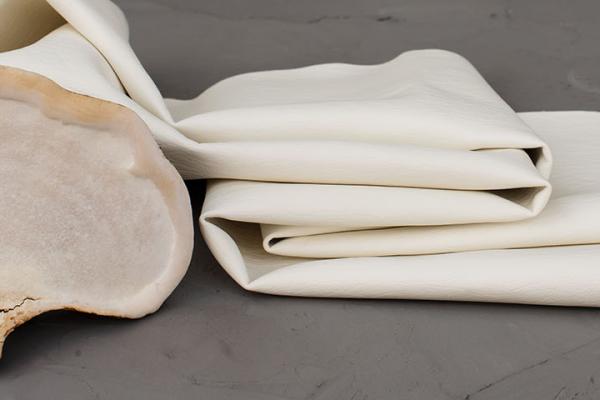Ageing societies in the West mean that overstretched staff are finding the crucial job of keeping tabs on patient vital signs increasingly difficult.
‘There’s a real burden of having to record vital signs frequently and accurately, which we struggle to meet,’ said John Welch, nurse consultant in critical care at University College London Hospitals (UCLH), UK.
It means there is a desperate need to automate the essential job of keeping watch on patients, and raising the alarm if things become critical.
‘Many of the raw ingredients are in place ... but there’s no-one pulling them together into one system,’ said Welch.
He is the clinical lead for the UCLH participation in the EU-funded Nightingale project, a collaboration of five European academic hospitals who are working on a solution that could change the face of hospital care.
Several firms, for example, have already created a patch that will measure respiratory rate, heart rate, temperature and a patient’s movement. Automated measurement of blood flow and oxygen levels are also possible.
But the Nightingale medics want the patient to be able to add to the data, if they are well enough – thus adding ‘soft signs’ to the mix.
‘Machines can be quite subtle,’ said Welch. ‘Even the cleverest doctors and nurses will not be able to analyse these signs as well as a computer.’
If the Nightingale monitor deems a patient needs attention it will assign an urgency level and select the right medic to alert – this will help the typical doctor juggling five emergency calls at once.
Although many of the ingredients are in place, piecing them together is a huge challenge, and the Nightingale project only started in November last year.
The money is being used to challenge industry to come up with ideas which they can air at meetings in March and April. Hurdles such as making different systems compatible, getting participants to share data and, further down the line, ensuring hospital wireless systems are utterly reliable, all need to be overcome.
Beginning
Yet once it’s achieved, the hospital system is just the beginning, according to Welch.
He wants to see home-based monitoring as well as two-way communication between the monitor and the patient: your monitor will tell you how you’re doing and gently urge you along the best path to recovery.
“‘Even the cleverest doctors and nurses will not be able to analyse these signs as well as a computer.’
It’s part of a trend towards mobile technology in healthcare that is having a huge impact all over the world.
Take rural Africa, for example. Patients and medics here may soon be coming across a high-tech piece of mobile kit that comes amidst a ferment of excitement about the possibility of eradicating Hepatitis C.
This viral disease is bloodborne, and affects about 160 million people worldwide – no-one quite knows how many because it can live quietly in the liver for decades. It kills 700 000 people a year from liver cirrhosis and liver cancer.
In the last few years, potent drugs against the disease have emerged which will be available cheaply in some low-income countries.
Thus, the possibility of eliminating Hepatitis C is within sight, throwing up the challenge of how to seek out the millions of silently infected people.
Existing testing uses large and expensive machines located in specialised hospitals. It can take two weeks to extract the virus’s genetic material from the patient’s blood, analyse it, and get the results back to the doctor. In countries where trips to hospital are long and expensive, many patients are lost to follow-up.
Sandwich toaster
So, research teams are racing to invent a version that can be used in the field. One of the companies in the EU-funded PoC-HCV project – UK-based Genedrive – has now done just that.
They have figured out a way of conducting the test on a device about the size of a sandwich toaster. It’s a rugged machine and can be operated by a technician after one hour of training. Crucially, only a few drops of blood are needed. Some 90 minutes after testing, the patient knows whether they are infected and can be given drugs immediately.
‘The hope is to make the test available in a much greater variety of settings,’ says David Budd, chief executive of Genedrive.
The company has announced in March that validation studies, supported by the PoC-HCV programme, found the device to be over 99 % effective at detecting the disease.
Now they are applying for CE certification for the device, known as Genedrive HCV ID kit, under the EU Medical Devices Directive and the kit could be available by the end of the year, according to Budd.
The cost is likely to be about EUR 3 500 per device, plus about EUR 25-30 for each test. This compares with EUR 90 000 for a hospital machine, according to Budd.
If you liked this article, please consider sharing it on social media.
The Issue
Using electronic and mobile systems to support medical professionals and improve healthcare for patients is known as eHealth.
The EU has set aside money under its Horizon 2020 funding programme to develop new eHealth tools to support health and wellbeing, and ensure that the EU's ageing population remains active for as long as possible.
This includes research to develop new models and tools for healthcare and delivery, as well as supporting the scale-up and market uptake of new innovations.





